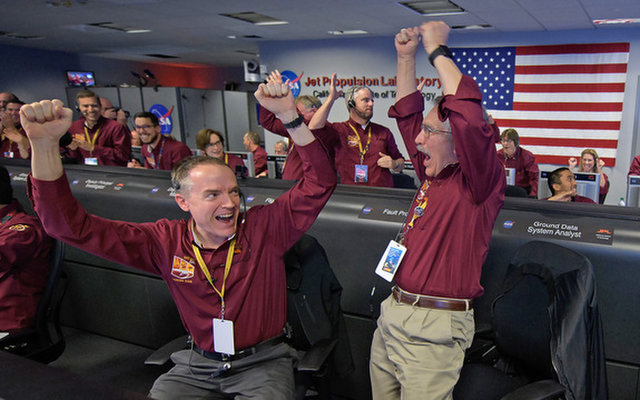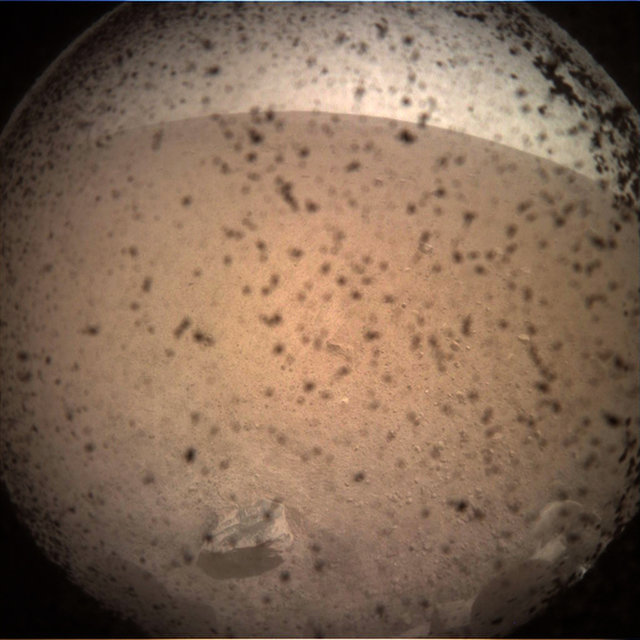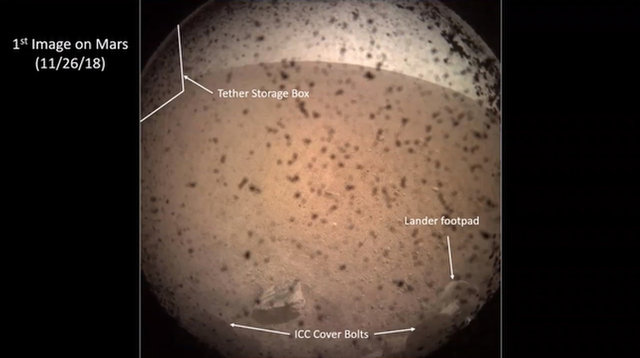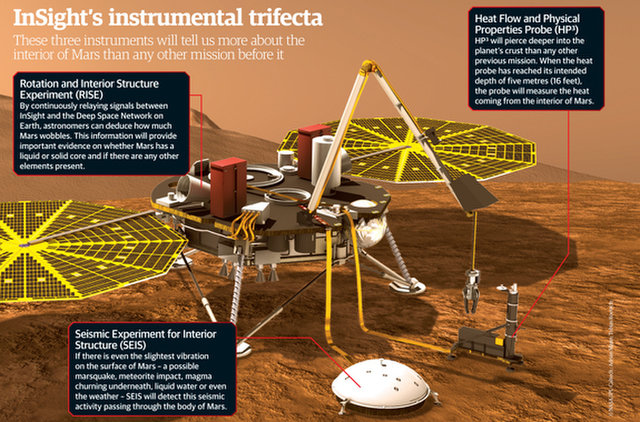- Joined
- Mar 3, 2018
- Messages
- 1,713
NASA's InSight Mars Lander is scheduled to touch down on the red planet at around 2PM CST today. The craft has traveled over 300 million miles over the course of 7 months, and with the planet in the sights of the spacecraft's cameras, engineers have already made the last major course corrections yesterday. While NASA's TV channel is airing some filler right now, real coverage of the landing will start around 1PM. For those that want to follow the craft's progress, Spaceflightnow is regularly pushing out text updates, while NASA has a relatively commentary-free stream.
Check out the main live stream here.
While most of the country was enjoying Thanksgiving with their family and friends, the InSight team was busy making the final preparations for Monday's landing," said Tom Hoffman of JPL, InSight's project manager. "Landing on Mars is difficult and takes a lot of personal sacrifices, such as missing the traditional Thanksgiving, but making InSight successful is well worth the extraordinary effort."
Check out the main live stream here.
While most of the country was enjoying Thanksgiving with their family and friends, the InSight team was busy making the final preparations for Monday's landing," said Tom Hoffman of JPL, InSight's project manager. "Landing on Mars is difficult and takes a lot of personal sacrifices, such as missing the traditional Thanksgiving, but making InSight successful is well worth the extraordinary effort."
![[H]ard|Forum](/styles/hardforum/xenforo/logo_dark.png)




